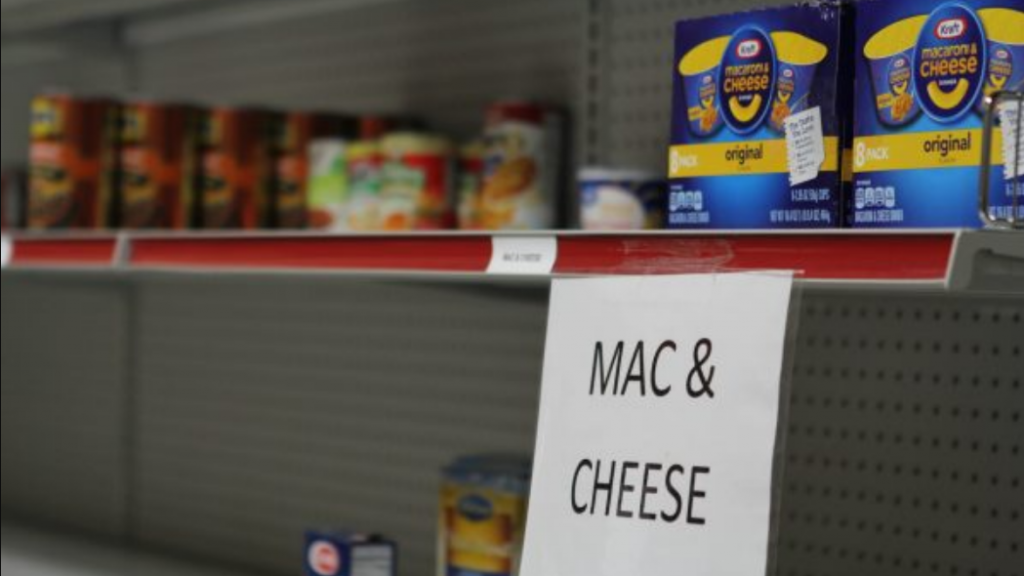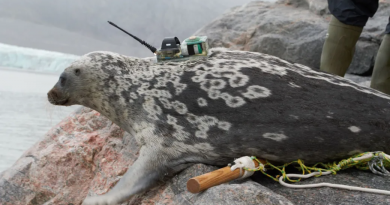New farm bill program aims to fight food insecurity in Alaska

Around one in eight Alaskans have wondered at some point in the last year where their next meal will come from, according to the USDA. In some parts of rural Alaska, rates of food insecurity are as high as 27 percent. Senator Lisa Murkowski added a grant program to the Senate farm bill that aims, in its own small way, to help.
The Micro-grants for Food Security program would give individuals up to 5,000 dollars and organizations up to 10,000 dollars to address food insecurity in their communities. Organizations like the Food Bank of Alaska could benefit from the program. CEO Jim Baldwin said the money could be used to fund training and education, invest in new technologies or build a community garden or smokehouse.
“And if there’s an entrepreneur out there that has an idea on how to grow produce or do hydroponics or start some kind of a canning operation, this could really be a seed money to get something up and going that’s sustainable,” Baldwin said.
Baldwin said the program could also help the Food Bank of Alaska start a canning program of its own to preserve excess food and help partner organizations purchase refrigeration equipment. The Food Bank serves as a hub for food distribution to community organizations across the state.

“Often times some of the agencies that we contribute food to don’t have adequate refrigeration to take as much as we can provide for them,” Baldwin said.
$4 million in grants
Alaska, Hawaii, Puerto Rico and several islands in the Pacific would be eligible. Alaska is slated to receive a total of $4 million in grants a year. Baldwin said Alaska’s rural nature and geographic isolation make community efforts to produce and process food locally that much more important for food security.
Cara Durr is the director of public engagement for the Food Bank of Alaska and a board member for the Alaska Food Policy Council. The House version of the farm bill cuts Supplemental Nutrition Assistance Program, known as food stamps. But Durr said she’s hopeful this program will make it into the final version.
“We want to make sure that a final farm bill is strong for Alaska, it’s strong and supports the nutrition titles, including SNAP, so no additional cuts to that program, or onerous requirements that make people fall off the program, um supports local ag,” Durr said. “And I see this provision as being a really nice complement.”
The House and the Senate have passed different versions of the farm bill and will try to hash out a compromise in the coming months. The law covers everything from food assistance to rural development to crop insurance.




Related stories from around the North:
Canada: Study in Northern Quebec to assess impact of climate change on Inuit’s food, CBC News
China: Arctic Indigenous food culture takes the day at international cookbook awards, Eye on the Arctic
Finland: Finland’s strawberry season hastened by warm spring weather, Yle News
Norway: Will Russia ask Norway to cut crab fishing in Arctic fjord?, The Independent Barents Observer
Russia: Russian salmon farmers buy Norwegian smolt company, The Independent Barents Observer
Sweden: Lasting drought behind Sweden’s worst projected harvest in 25 years, Radio Sweden
United States: Communities wrestle with shark-bite mystery off Alaskan coast, Eye on the Arctic